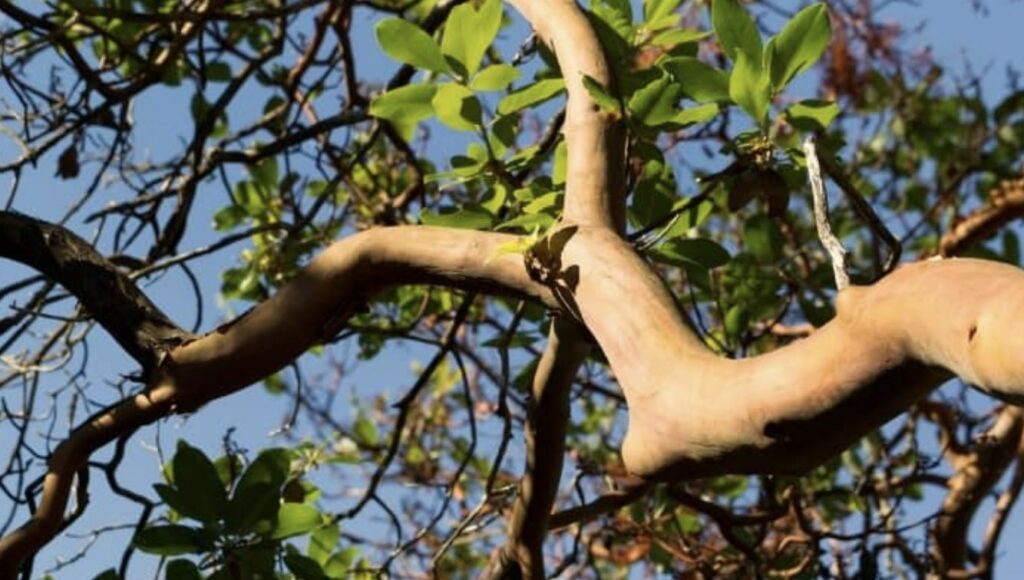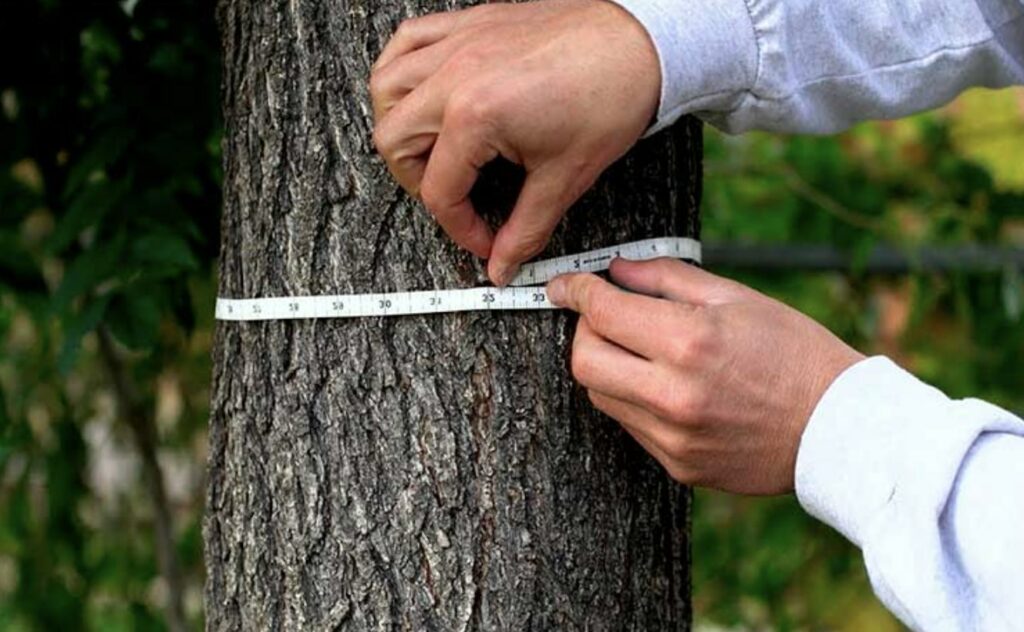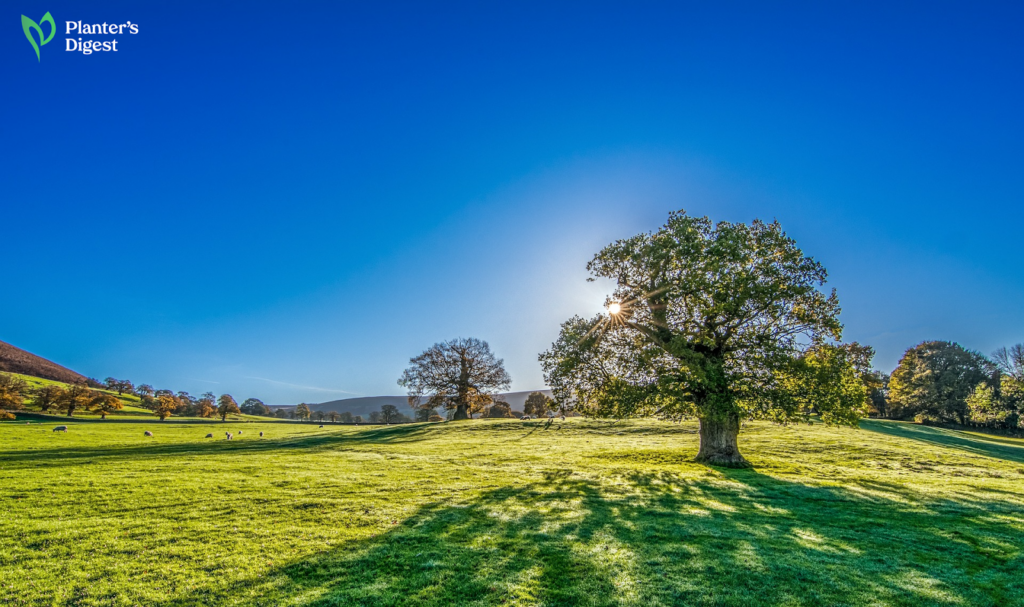
There’s a popular beauty pageant adage that says, “Know when to peak.” And apparently, for trees, the best time to peak is during the summer season!
Read on to know why summer is the best season for growing trees, along with tips and tricks on speeding up your tree’s growth.
Why do trees grow faster during summer?

Trees grow better and faster in the summer because of the increased levels of sunlight. The more sunlight the tree gets, the more food it produces through photosynthesis, which speeds up its growth.
There are also monsoons or occasional rain showers during summertime, which keeps the soil moist and the tree revitalized throughout the season.
Finally, the chronological order of the seasons helps beef up the soil in time for summer.
During autumn, we know that trees shed their leaves. The dried leaves freeze over winter, and come springtime; they get defrosted and degraded.
With the degradation of these leaves, extra manure on the forest floor makes the soil rich in nutrients until the summer.
All these different aspects make summer the best time for trees to grow.
How do you speed up trees’ growth during summer?

During summer, you can speed up a tree’s growth by watering, fertilizing, choosing the right location, pruning, and protecting the tree from pests and diseases.
That said, it’s important to note that the growth of a tree generally depends on the available resources, nutrients, and protection it can get from its environment.
1. Water the tree.
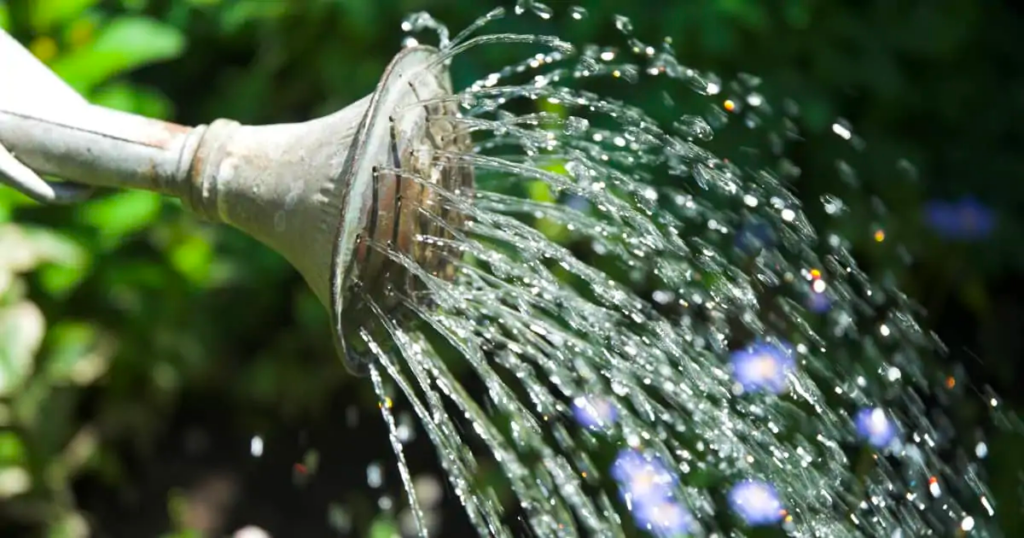
It goes without saying that water is essential. We’re not the only ones who should hydrate regularly, as trees need regular watering, too, especially during summer.
Every tree conducts photosynthesis to create its own food. Trees rely heavily on water to bind all other elements into a form to complete the process and transport nutrients to different parts of the tree.
A tree generally requires 10 gallons or 37.85 liters of water for every inch of the diameter of its trunk.
We suggest you apply the dripping method when watering trees or other plants. This method only requires you to direct the water slowly near the tree’s roots.
The dripping method is also an efficient way to use water. There’s less water wasted because water is slowly and directly poured over the roots.
Here’s how much water a tree should get depending on its size:
| Tree | Diameter at Breast Height in Inches | Estimated Water Need in Gallons |
| Small | 14 inches | 140 gallons |
| Medium | 15 to 19 inches | 150 to 190 gallons |
| Large | 20 inches above | 200 gallons or more |
2. Fertilize the tree.
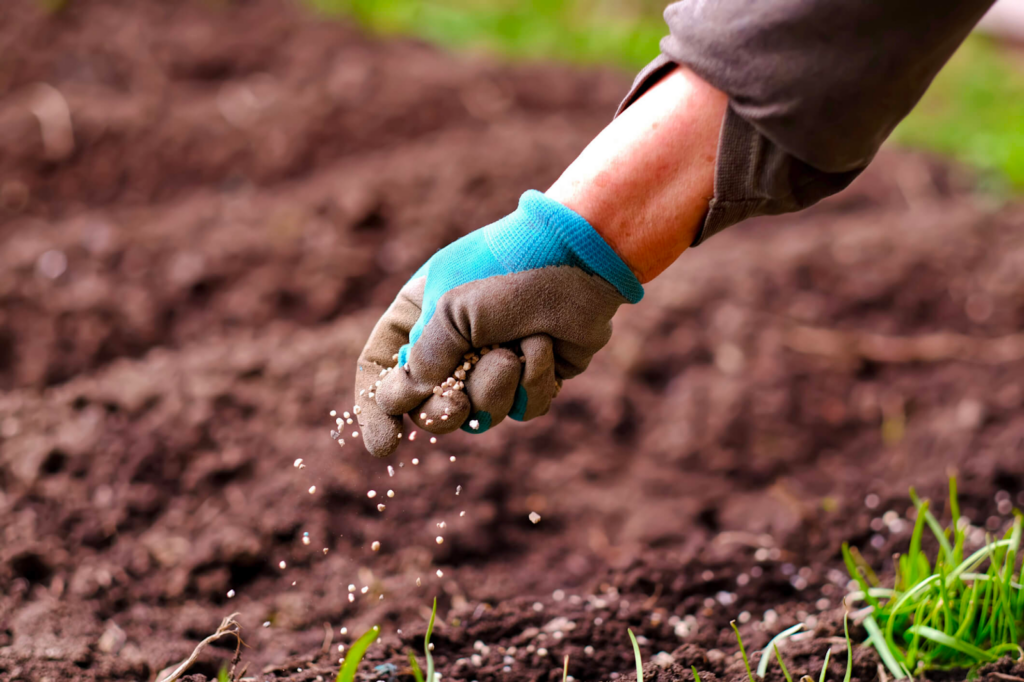
Fertilizers definitely help boost a tree’s growth. It’s best that they get fertilized during the early spring, so you’ll see the effects in summer.
These fertilizers provide additional nutrients to the soil, like nitrogen, phosphorus, and potassium. When these elements are absorbed by the tree, it helps them produce their food faster and definitely grow bigger.
High-nitrogen fertilizers are the most common and basic fertilizers for a tree. They help boost the tree’s food production process and the growth of its plant tissues.
You can also add mulch around the tree, like wood chips, dried leaves, or pine needles. This way, moisture is trapped in the soil, protecting the tree from extremely hot or cold weather conditions.
3. Choose the right tree location.

When planting a tree, check first if the plant fits in the climate of your target location.
This way, you’ll be sure that the tree will develop healthily in your space and minimize costs should it become a hazard or nuisance to your garden.
It’s a preventive measure that will save you a lot of time, effort, and money by not having to remove a rotting tree from your backyard in the future.
There’s the United States Department of Agriculture (USDA) hardiness zone map that you could use to find out if the tree will thrive in your area.
Visit USDA Plant Hardiness Zone Map website, enter your ZIP code, and you’ll know your home’s hardiness zone in just a few clicks.
Once you’re done with that, find a location in your yard where the tree will get most of the sunlight. Let it absorb the direct sunlight, and don’t place it where it will be covered by the shade of your home.
4. Prune your tree regularly.

Consistency is key, and one of the ways to apply this in plant care is by regular pruning. In a nutshell, you’ll just have to take off any leggy bottom growing below the tree because they deprive the tree of all the nutrients it needs.
We recommend that you start pruning your tree as early as the spring season. Make sure also to prune the branches and leaves of your trees every 1 to 2 years.
5. Protect the tree from pests and diseases.
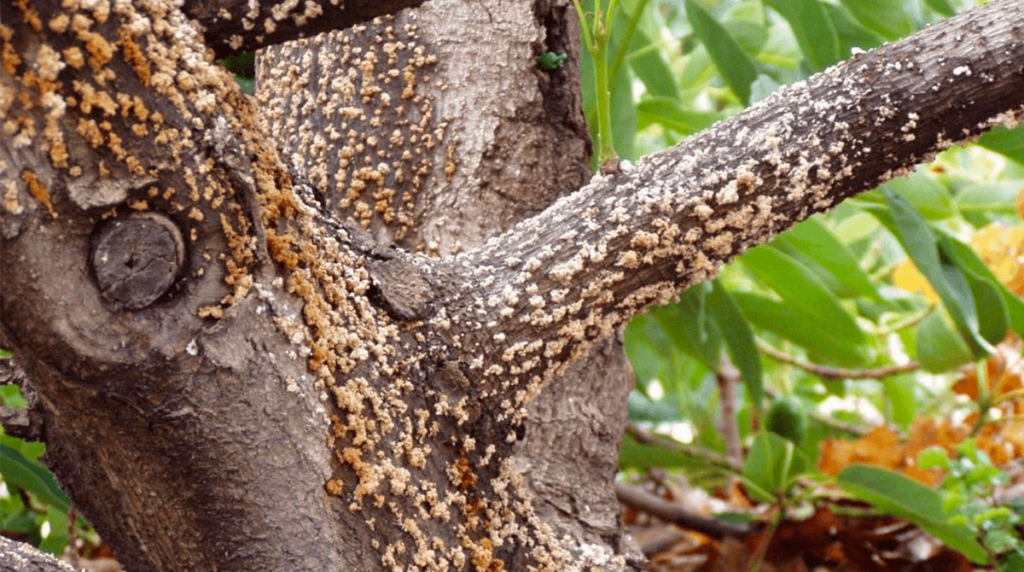
All living things get sick, even trees. Sicknesses are usually caused by pests, bacteria, and fungi that can stunt a tree’s growth.
Watch out and remove weeds growing at the base of your tree. They’re problematic for the tree’s growth since they will compete with the soil’s nutrients.
If you see rodents or other wildlife injuring your trees, you can consider installing barriers around them.
You can apply pesticide, insecticidal soap, or horticultural oil to the infected area for insect or fungal infestation.
Pruning also keeps you on top of insect and fungal infestations since you can immediately destroy the infected leaf or branch.
So regularly check your trees for pests and diseases and treat them immediately.
When is the best time to plant new trees?

New trees are best planted during the spring season. This gives the plant a continuous growing season from spring until summer.
The warm spring weather helps new plants establish their roots. It will then grow with all the sunlight and nutrients come summertime.
FAQs
The following trees grow exceptionally well during the warm summer:
• Ash trees
• Cedar trees
• Eucalyptus trees
• Hybrid poplars
• Juniper trees
• Lime trees
• Oleander trees
• Pin oak trees
• Pine trees
• Quaking Aspen
• Red maples
• Silver maples
• Weeping Willow
Tree roots grow best during spring. The warm weather gives the roots enough sunlight, air, water, and nutrients to absorb so they can firmly establish themselves on the ground.
According to an international research team, trees grow most at night because the high air humidity allows the tree to absorb more nutrients through its roots.
Tree growth does not slow down, according to a recent study. As trees grow older, they grow faster and increase their carbon uptake in the atmosphere.



